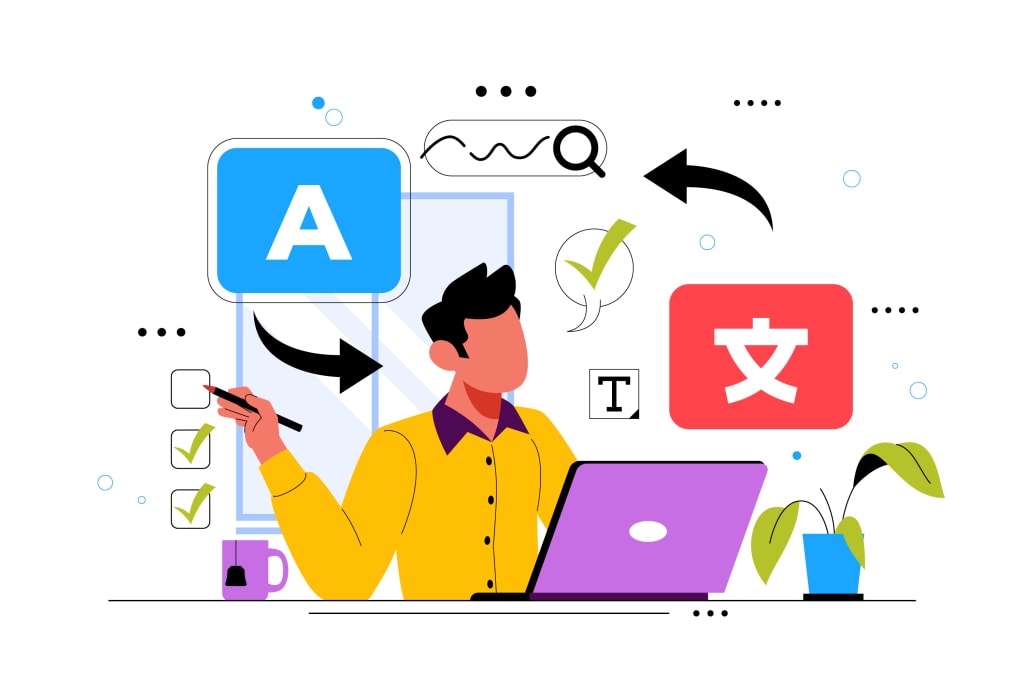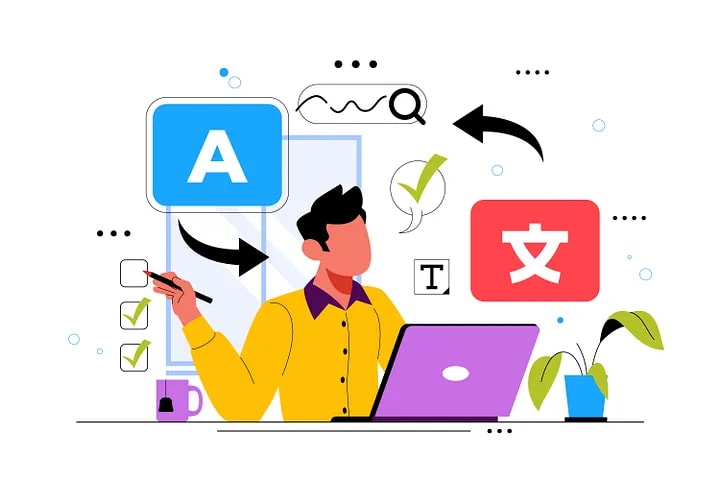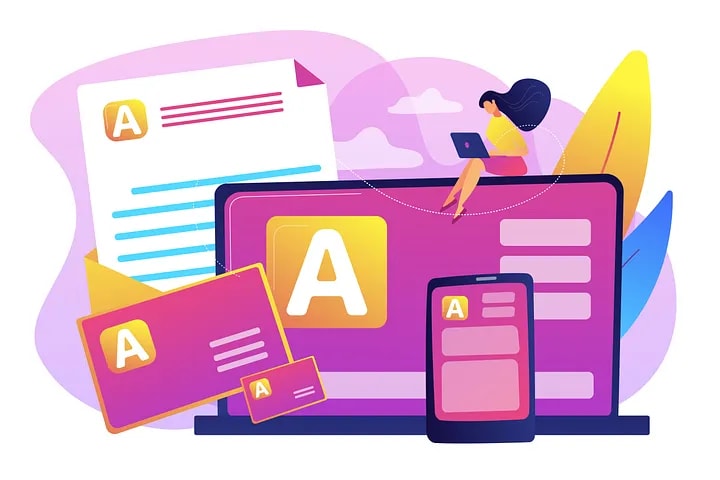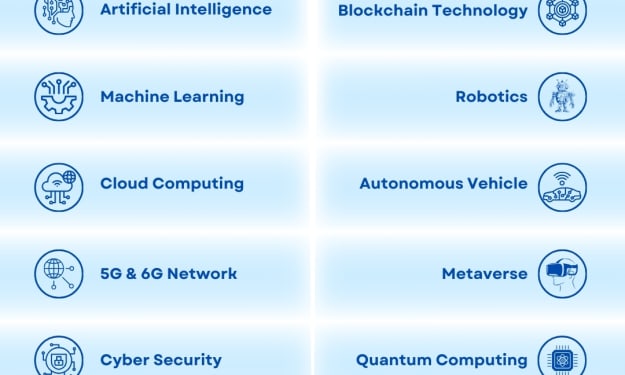Top Best Practices for Quality Assurance in eLearning Translation
Quality Assurance

The globalization of education has led to the proliferation of eLearning platforms, which are often translated into multiple languages to reach a broader audience. Ensuring the quality of these translations is critical for maintaining the effectiveness and integrity of educational content. This article explores best practices in quality assurance (QA) for eLearning translation, ensuring that learners receive accurate, culturally appropriate, and engaging content.

Understanding the Importance of Quality Assurance
Quality assurance in eLearning translation is essential for several reasons:
- Accuracy: Ensures that the content is correctly translated and conveys the intended meaning without errors or misinterpretations.
- Consistency: Maintains uniform terminology and style across different modules and languages.
- Cultural Relevance: Adapts content to be culturally appropriate and engaging for diverse audiences.
- User Experience: Provides a seamless and intuitive learning experience regardless of the language.
Best Practices in eLearning Translation Quality Assurance
Pre-Translation Preparation
- Content Analysis: Review the source material to identify any culturally sensitive content, idiomatic expressions, or region-specific references that need adaptation.
- Terminology Glossary: Develop a comprehensive glossary of terms and ensure that all translators and reviewers use it consistently.
- Style Guide: Create a style guide that outlines the tone, style, and formatting rules to be followed in translations.
Selection of Professional Translators
- Qualified Linguists: Employ translators who are not only proficient in the target language but also have subject matter expertise in the eLearning content.
- Native Speakers: Prefer native speakers of the target language to ensure natural and idiomatic translations.
- Experienced in eLearning: Choose translators with experience in eLearning projects to handle the specific requirements of educational content.
Translation Process
- Collaborative Tools: Use collaborative translation platforms that allow real-time communication and sharing of resources among translators, reviewers, and project managers.
- Segmented Translation: Break down the content into manageable segments, ensuring consistent application of the glossary and style guide.
- Contextual Information: Provide translators with sufficient context, such as screenshots, user interfaces, and background information about the course.

Review and Editing
- Bilingual Review: Implement a bilingual review process where the translated content is compared with the original to check for accuracy and completeness.
- Monolingual Review: Conduct a monolingual review by a native speaker of the target language to ensure the text reads naturally and is free of errors.
- Technical Accuracy: Verify that all technical terms, instructions, and references are accurately translated.
Localization Testing
- Functional Testing: Ensure that all interactive elements, such as quizzes, buttons, and multimedia, function correctly in the translated version.
- Linguistic Testing: Check for linguistic accuracy, including grammar, spelling, punctuation, and adherence to the style guide.
- Cultural Adaptation: Review the content for cultural appropriateness and relevance, making adjustments as necessary.
Feedback and Continuous Improvement
- Learner Feedback: Collect feedback from learners regarding the clarity, accuracy, and cultural relevance of the translated content.
- Regular Updates: Update the glossary and style guide based on feedback and new developments in the field.
- Training and Development: Provide ongoing training for translators and reviewers to keep them updated on best practices and new tools.
Tools and Technologies for QA in eLearning Translation
- Translation Management Systems (TMS): Centralize translation projects, manage workflows, and maintain consistency across different languages and modules.
- Computer-Assisted Translation (CAT) Tools: Enhance translator productivity and accuracy through features like translation memory, terminology management, and real-time collaboration.
- Automated QA Tools: Use software to detect common errors, such as missing translations, inconsistent terminology, and formatting issues.
- LMS Integration: Integrate translation processes with Learning Management Systems (LMS) to streamline updates and ensure that translated content is correctly deployed.

Conclusion
Quality assurance in eLearning translation is a multifaceted process that requires meticulous planning, skilled translators, thorough review procedures, and the right technological tools. By following these best practices, organizations can ensure that their eLearning content is accurately translated, culturally appropriate, and provides an engaging learning experience for all users.
About the Creator
Enjoyed the story? Support the Creator.
Subscribe for free to receive all their stories in your feed. You could also pledge your support or give them a one-off tip, letting them know you appreciate their work.





Comments
There are no comments for this story
Be the first to respond and start the conversation.